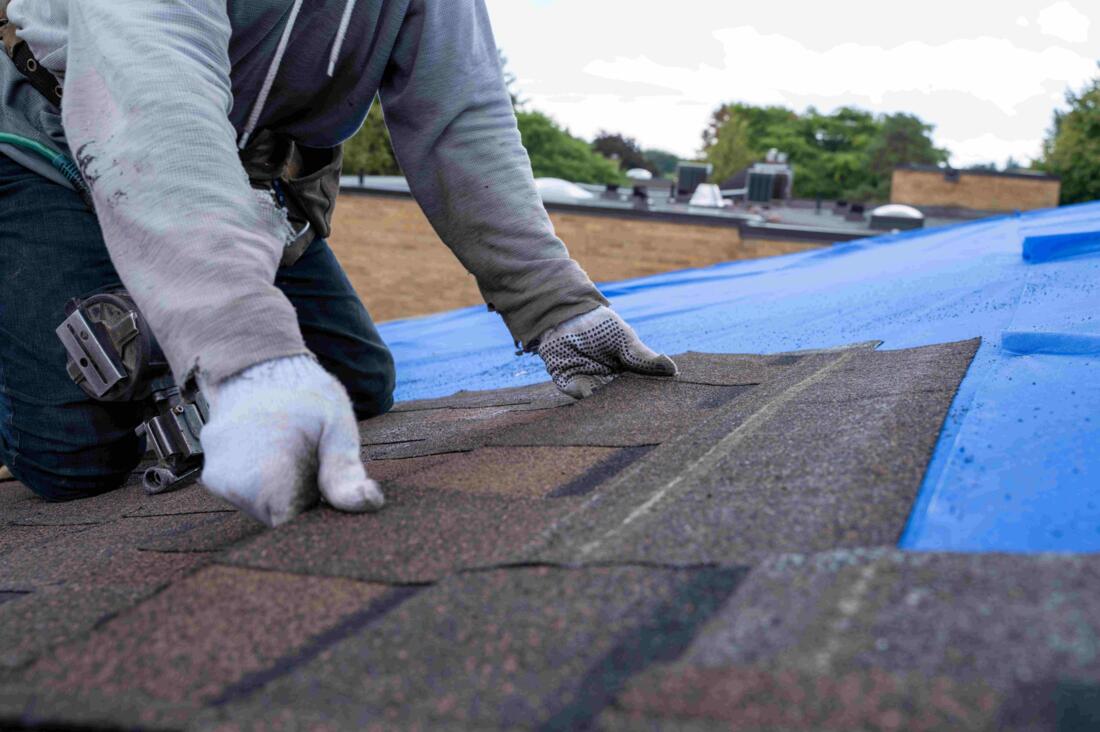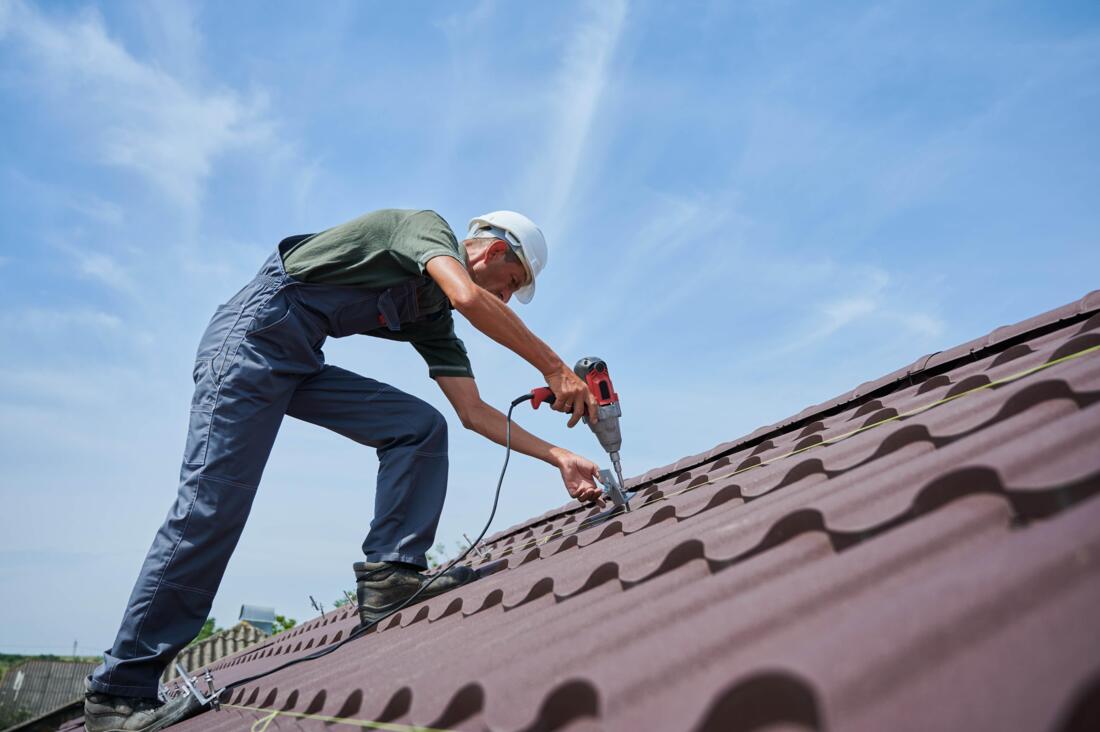The installation of a cool roof improves energy efficiency by reflecting a greater amount of sunlight and absorbing less heat, thereby lessening the reliance on air conditioning. This advancement results in decreased energy costs, reduced greenhouse gas emissions, prolonged roof longevity, and helps combat urban heat islands, which is advantageous for homeowners and the environment alike.
Cool Roofs: Energy and Cost Savings
Improving the energy efficiency of your home is an important step in reducing your environmental impact and cutting down on energy expenses. One effective strategy to accomplish this is by implementing a cool roof. Cool roofs are engineered to bounce back more sunlight and soak up less heat compared to regular roofs, using specially formulated reflective coatings, tiles, or shingles. This reflective quality helps maintain a cooler indoor temperature during summertime, decreasing the reliance on air conditioning and thereby decreasing energy usage. Consequently, homeowners can benefit from considerable savings on cooling bills, while also playing a part in lessening urban heat islands, which can have adverse effects on communities by elevating overall temperatures.

Advantages
Cool roofs offer advantages that go beyond merely saving money and enhancing comfort. By reducing energy consumption, they contribute to lowering the need for electricity, which in turn can lead to a decrease in greenhouse gas emissions and other pollutants originating from power plants. This is especially crucial in urban areas with high population density, where air quality is a major health concern. Furthermore, the use of cool roofs can prolong the life expectancy of roofs and air conditioning units due to decreased heat exposure, resulting in reduced maintenance costs and less frequent repairs or replacements.

Starting off
To begin the process of installing a cool roof, homeowners should take into account various factors such as the climate in their region, the type of roofing material currently in place, and the overall state of their roof. Experienced roofing professionals can offer evaluations and advice that are customized to meet individual requirements and local regulations. Opting for a cool roof is not only a wise financial choice but also a proactive measure towards creating a more sustainable and effective home. By potentially saving money in the short and long term, as well as contributing to environmental preservation, a cool roof is a valuable option for any homeowner interested in improving their property's energy efficiency and lessening their environmental impact.
Understanding the Types of Cool Roofs Available
Cool roofs come in various types, each designed to cater to different roofing needs and preferences. The most common types include reflective coatings, which can be applied to existing roofs, and specially designed roofing materials like reflective shingles and tiles. Reflective coatings are typically made from highly reflective pigments that can be painted onto surfaces, enhancing their reflectivity and thermal performance. On the other hand, reflective shingles and tiles are manufactured with materials that inherently reflect sunlight. This variety allows homeowners to choose a solution that best fits their existing roof structure and aesthetic preferences.
The Economic Benefits of Installing a Cool Roof
In addition to the immediate savings on energy costs, cool roofs can significantly increase the property value of a home. Prospective buyers are often drawn to energy-efficient features, making homes with cool roofs more attractive in the real estate market. Furthermore, some regions offer financial incentives, rebates, or tax credits for homeowners who invest in energy-efficient roofing solutions, including cool roofs. These financial benefits can offset installation costs and encourage homeowners to make the switch sooner rather than later. Long-term, the reduction in energy bills can lead to substantial savings over the lifespan of both the roof and the home.
Cool Roofs and Their Role in Urban Planning
Cool roofs are not only beneficial at the individual level but also play a significant role in urban planning and development. Cities can strategically implement cool roofing initiatives to combat the urban heat island effect, which is a phenomenon where urban areas experience higher temperatures than their rural surroundings. By incorporating cool roofs into public buildings, schools, and community centers, urban planners can enhance city-wide cooling, improve air quality, and reduce energy demand during peak hours. This collective effort contributes to a healthier urban environment and helps cities become more resilient against climate change impacts.
Environmental Impact of Cool Roof Technologies
The environmental benefits of cool roofs extend beyond energy savings. By reducing energy consumption, cool roofs also help decrease the overall demand for fossil fuels used in electricity generation, which is a leading cause of greenhouse gas emissions. Additionally, the cooler temperatures maintained by cool roofs can mitigate the heat stress on local ecosystems, supporting biodiversity. This is crucial in urban areas where green spaces are limited. The adoption of cool roofs contributes to a more sustainable urban infrastructure, promoting environmental stewardship and aligning with goals for a greener future.
Maintaining Your Cool Roof for Longevity
To maximize the benefits of a cool roof, proper maintenance is essential. Regular inspections should be conducted to identify any signs of wear, damage, or debris accumulation that could impede its reflective properties. Cleaning the surface periodically ensures that dirt and other materials do not block sunlight from being reflected. Additionally, any necessary repairs should be addressed promptly to avoid more significant issues that could compromise the roof's integrity and efficiency. By maintaining a cool roof, homeowners can ensure its longevity and continued performance, ultimately preserving the energy savings and environmental benefits it provides.
AI-Assisted Content Disclaimer
This article was created with AI assistance and reviewed by a human for accuracy and clarity.